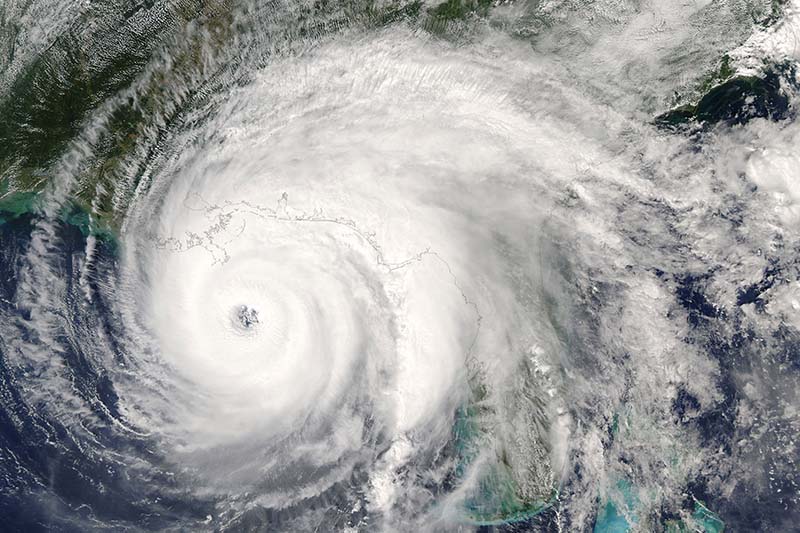Hurricanes Reach Max Strength Closer to Land, Study Finds

UNITED STATES—February 23, 2021—Hurricane patterns are shifting; where tropical cyclones form and where they achieve maximum strength is moving closer to coastlines, according to new research published in Science. Based on 40 years of hurricane data, the study found that the average distance from land when hurricanes achieve maximum strength has been shrinking by about 18 miles every ten years, according to Scientific American.
The reason for this seems to be tied to changing wind patterns over the oceans and the swelling of the Earth’s tropical zone, which is causing tropical cyclones to shift both westward and toward the poles—bringing the storms closer to land. Scientists speculate that these shifts could be, at least in part, driven by climate change causing atmospheric changes over the oceans, particularly in the case of the swelling tropical zone, according to Scientific American. The combined effect of hurricanes shifting westward and poleward means that hurricanes form near land more often, reach maximum strength closer to land, and could threaten coastal areas unaccustomed to preparing for tropical cyclones.
Although changing patterns are bringing hurricanes closer to land, the storms aren’t making landfall more often at hurricane strength—at least not yet. Recent studies suggest this may be because major storms are also weakening quickly after they reach maximum strength, but weakened and non-landfalling storms can still wreak havoc on coastal communities with strong winds, heavy rain, and flooding. Additionally, a 2019 study suggests that the U.S. East Coast could see reduced wind shear in the coming years as a result of climate change, and this could allow more hurricanes to make landfall, according to Scientific American.
While the precise causes and impacts of these changing hurricane patterns are still being investigated, growing evidence suggests that the U.S. may face increased storm activity as one result of climate change, and coastal communities would be wise to strengthen storm preparedness.












